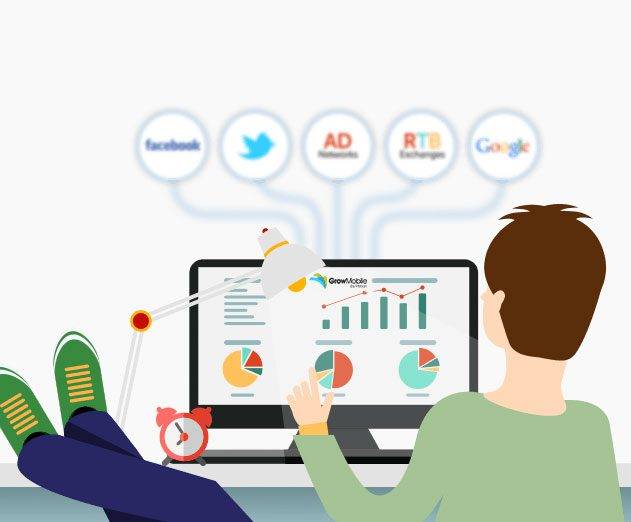One of the largest conundrums in advertising today deals with the benefits of paying for ads on social media. Companies often wonder if it is better to pay for the ads or just use the free services of social media providers. Advertisers have taken many approaches in recent years, as social media has become a powerful and important tool in reaching consumers. It is important to look at the trends in digital marketing in order to determine whether one strategy is truly better than the other.
Pay Per Click
Many advertisers online focus on PPC (pay per click) advertising, which is often used by sites such as Facebook, whose algorithm is predicated on maximizing your CTR (click through rate). The question is, though, does this work better than print sources? There is some evidence that consumers tend to remember print ads better, at least in part because of the tendency to ignore online ads. Digital marketing also must be geared to the different social media sites. Any ads on Facebook will need to have a serious hook, be visually interesting, and have text, but ads on Instagram are more photo-based, with some links offered below. These need to be exceptionally visually interesting to entice the consumer to the website of the company selling the product or service. Facebook has recently started something called Facebook Offers, which allows companies to set up ads directly from their Facebook pages, which can bring in much more traffic since they will not seem like traditional ads. These are also free to the company to create, so the only costs are for promotion done after the creation of the ad.
AdWords and Bing Ads
Other digital strategies for social media advertising relate to using Google AdWords and Bing Advertising, two of the area where MatchCraft’s Advantage platform excels. The headline spaces of both AdWords and Bing Ads are very small, so it is important to maximize your impact by using words that target consumers’ end goals. When using either of these strategies, it’s important to focus on keywords that will attract customers to your site. If your words are too broad, they can give you incorrect leads, or frustrate consumers looking for a specific product or service than your company may provide.
Cost Per Engagement
An issue for all digital marketing strategists is the tendency of consumers to ignore ads on websites. One of the newest strategies is the CPE (cost per engagement) model, where advertisers pay only for demonstrated engagement with the ad. As a short-term shift in the thinking of digital marketing, this type of marketing may have the same issues, and costs, as the PPC model. The long-term focus of digital marketing should be getting consumers to really connect with the branding of the company. Consumers want a more interesting story, or more connection with the brand, in order to buy the product. Digital marketing will need to create that connection, through hooks and visual interest, possibly in conjunction with traditional marketing methods, to make the company’s story cohesive.
In the end, companies need to use digital marketing—including the free options—available on social media sites, Twitter is an excellent example of reaching as many customers as possible on the internet. Not fully considering all avenues for social media marketing could potentially cost a company the customers that may not pay attention to traditional ads, but follow companies on Facebook, Twitter, Instagram and other social media sites.
